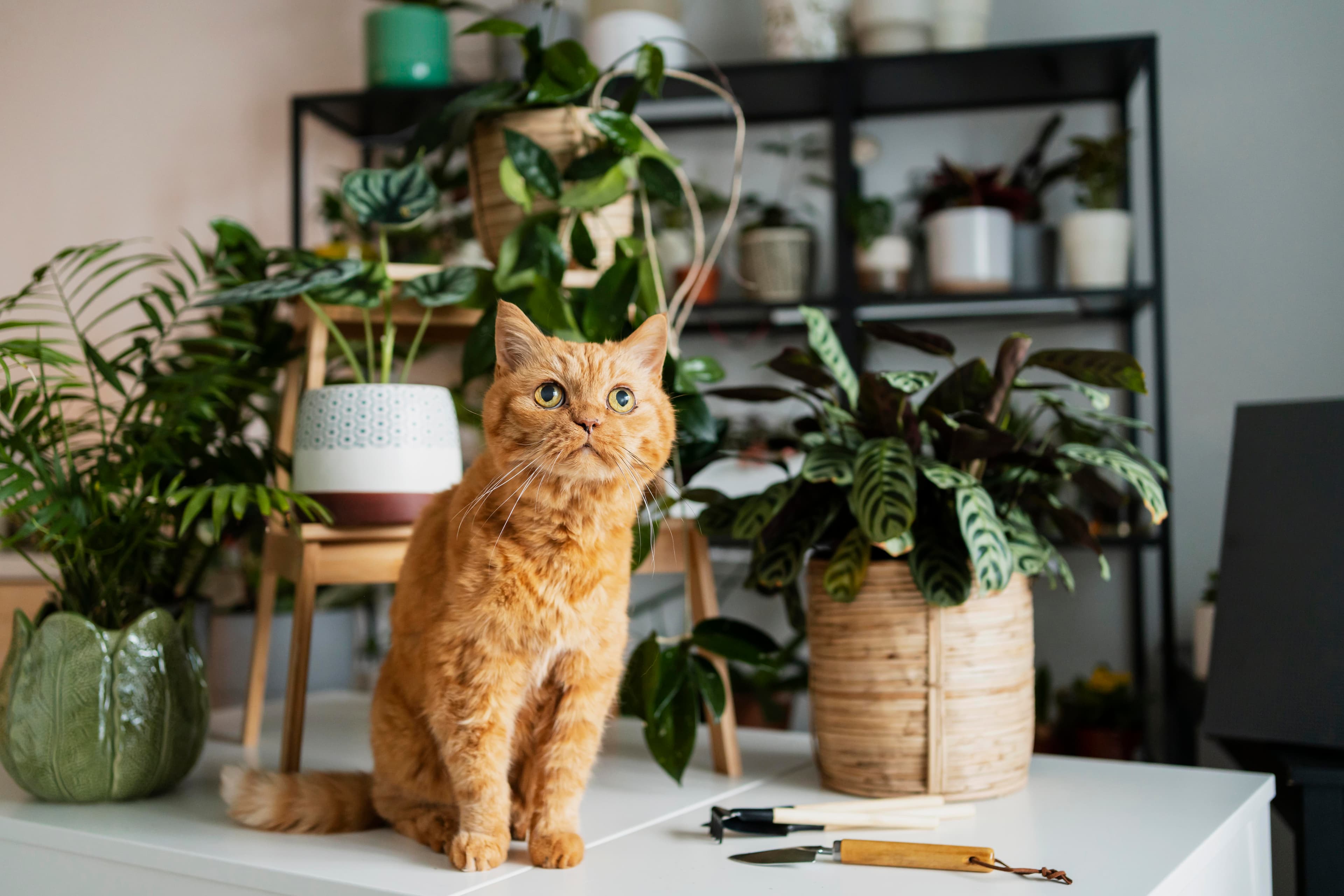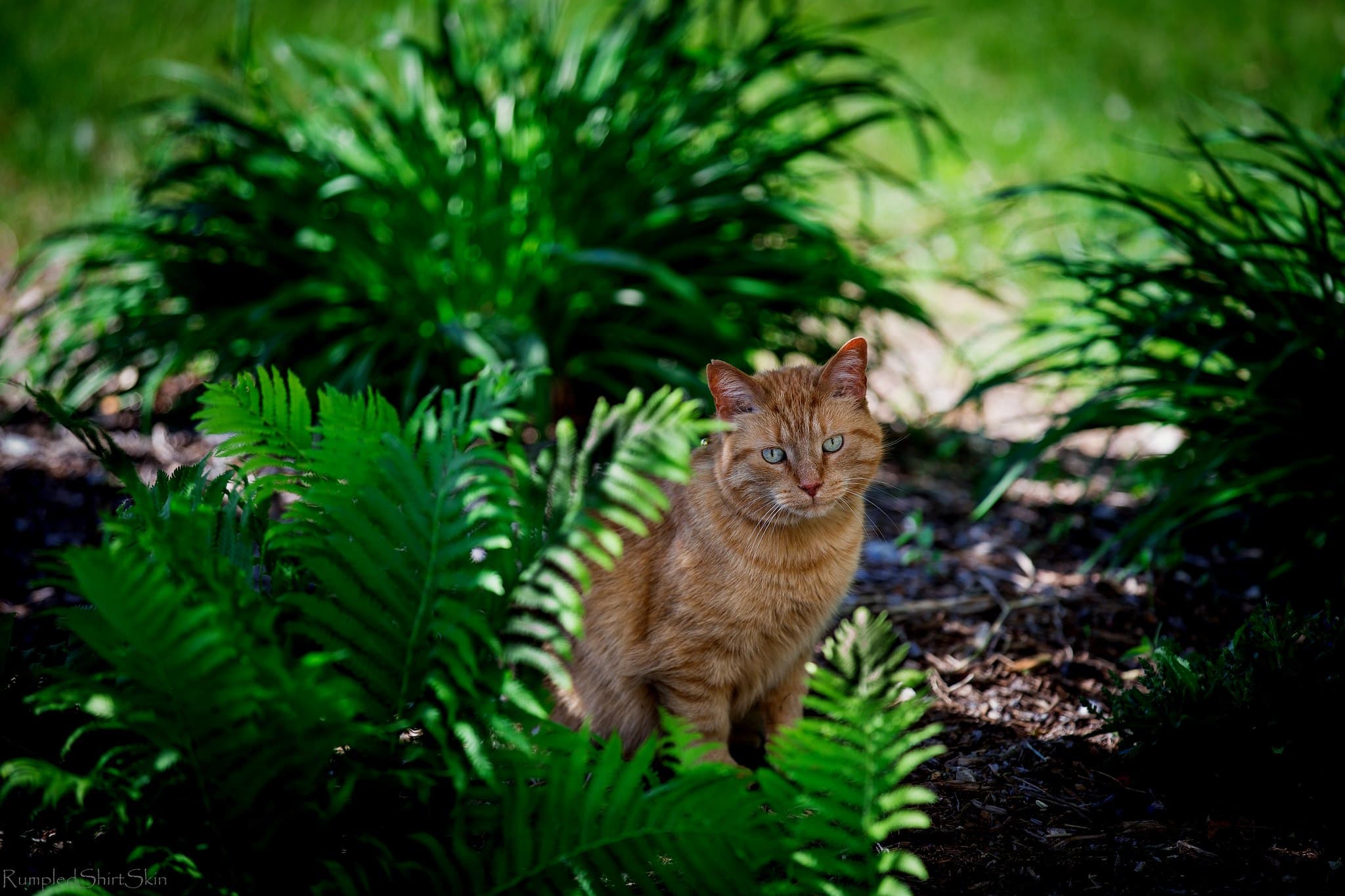Intro Text
Cats, with their innate curiosity, often find themselves in close contact with various houseplants and garden vegetation. However, not all plants are safe for pets, and some can be downright dangerous. Cats can get sick from eating just a little bit of these plants, showing symptoms like throwing up, acting tired, or drooling a lot.
It's important for pet owners to know which plants are dangerous and keep them away from pets to keep them safe. Making sure pets can't get to toxic plants might take some work, but the health of your cat companions is the main goal.
In the event of suspected poisoning, it's crucial to act swiftly. The Animal Poison Control Center (APCC) provides an essential lifeline for pet owners facing such emergencies. Reach out immediately to the APCC at (888) 426-4435 for expert guidance. This service operates 24/7, offering professional advice to navigate the critical situation and ensure the safety and well-being of your pet.
Having the Animal Poison Control Phone number readily accessible can make a significant difference in emergency situations, potentially saving your pet's life.
Cats Poisoning Symptoms
Poisoning symptoms from toxic plants may include:
















Plants toxic to Cats
Some plants in our homes can be bad for cats because they're poisonous. To keep your cat safe and healthy, we've made a list of these plants that you should keep away from them. This list is really helpful if you want to make sure your home is a good place for your cat to live and play.
Our Insight on Plants toxic to cats
Many plants that look nice in our homes and gardens can actually be harmful to cats. Common ones like lilies, sago palms, and tulips can make pets really sick, or even be deadly. Ensuring your living spaces are free of these and other dangerous plants is essential for keeping your pets safe and healthy.
If a cat shows signs of poisoning, such as vomiting or lethargy, immediate veterinary care is crucial. To keep cats safe, these plants should be kept out of their reach or removed from their environment. Quick action and preventive measures are key to protecting cats from these common but dangerous plants.







